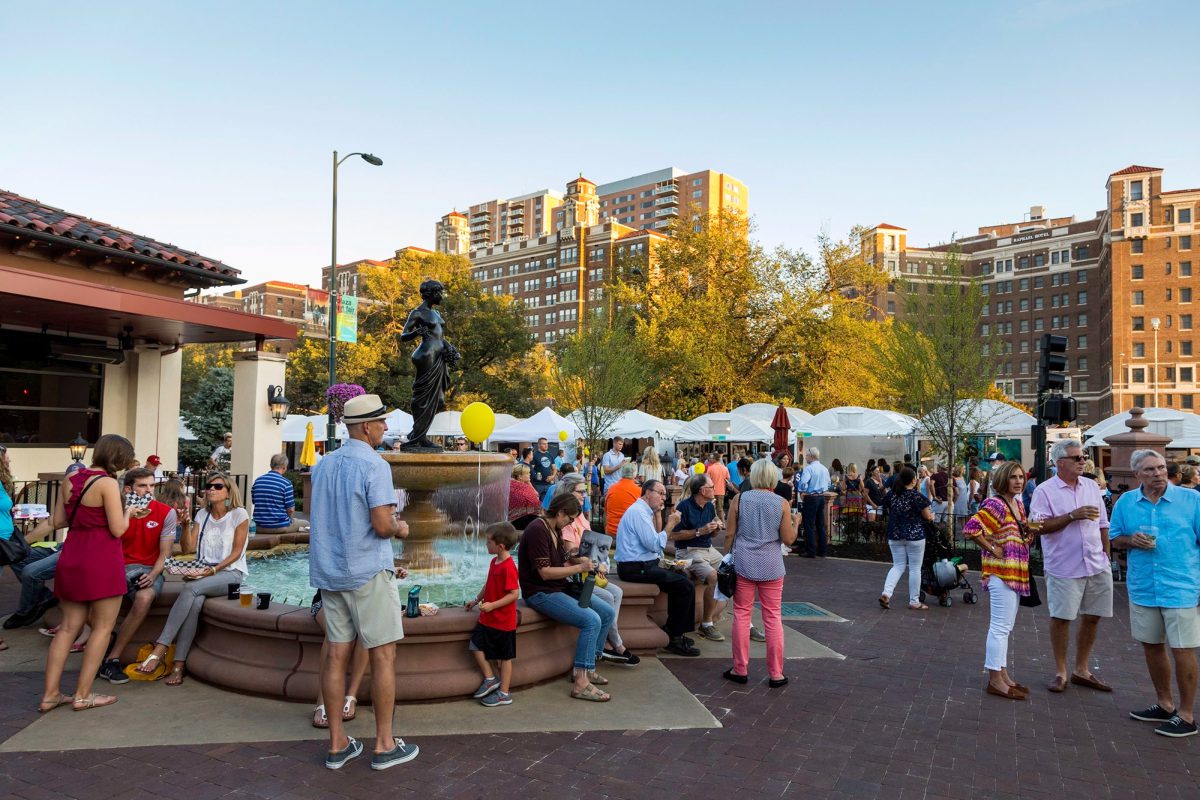
Latest headlines from the heart
Consider this your insider’s guide to new openings, upcoming events and major celebrations across the region.

Consider this your insider’s guide to new openings, upcoming events and major celebrations across the region.
Please enter in a search term to continue.